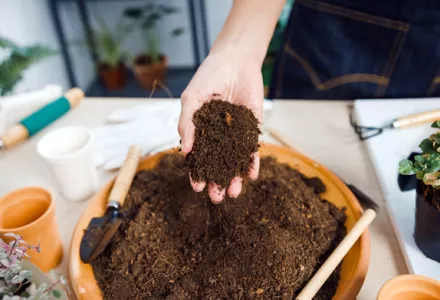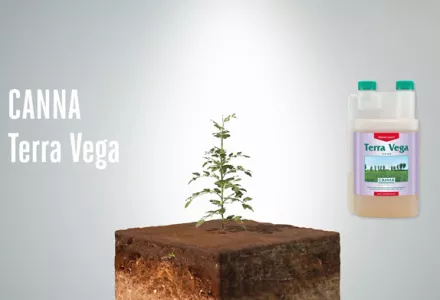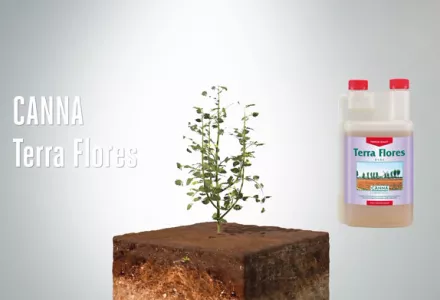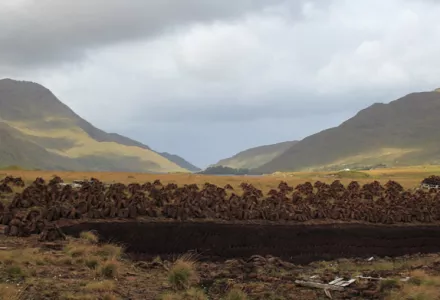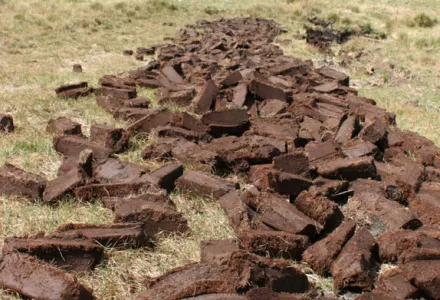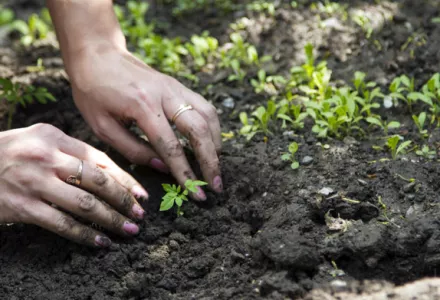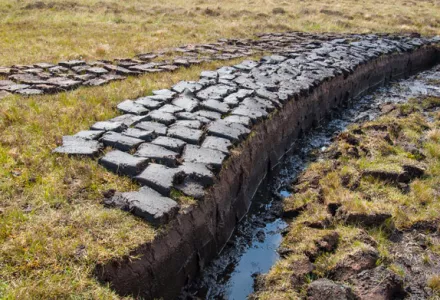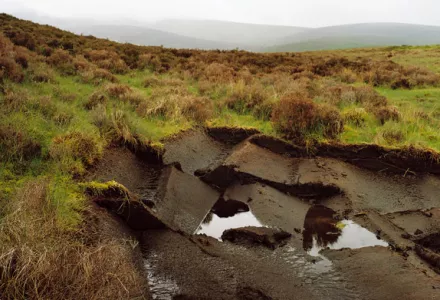Peat is naturally quite acidic (pH 3.5-4.5) so lime must be added to raise the pH. Off the shelf potting soil always contains lime. The amount of lime that must be added depends on the composition of the peat. For example, garden peat always needs more lime than peat litter to raise the pH.
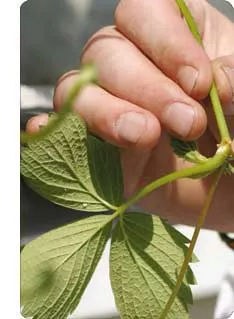
On average potting soil needs 5 – 6 kg of lime per m3 (1,000 litre) to increase the pH. After adding the lime it will take a few weeks for the pH to stabilise. If no lime is added, or not enough, high concentrations of elements such as manganese, iron and phosphate will be absorbed and this may lead to signs of over feeding being seen.
The concentration of aluminium can rise to toxic levels for the plant, causing root thickening, which will restrict food intake. If your potting soil’s pH is too low the addition of 20 grammes of lime (do local) per 10 litres will raise the pH one point.
The correct degree of acidity for potting soil is between 5.8 and 6.2. Values higher than 6.2 can lead to phosphate being deposited in the form of calcium phosphate making it less accessible to the plant.
What is the RHP?
Potting mixes that are available on the market can vary greatly in quality from one to the other. In the Netherlands the RHP foundation focuses on quality maintenance and control of peat products, soil components, potting mixes and substrates such as coco, perlite, pumice stone etc. Substrates and substrate components that have the RHP quality mark are safe mixes (few weeds and free of disease) but they do not offer any guarantee of a successful harvest. In fact, the RHP quality mark does not say anything about the precise structure and chemical make up of the potting soil. Potting mixes can vary a lot in price. Potting mixes based on garden peat are generally cheaper than mixes based on airy white peat, and it is also true to say that the coarser grades of white peat are many times more expensive than the fine grades.

Measuring nutrients
The most reliable way of measuring the nutrients present in the potting mix is to use the 1:1.5 extraction method, which can be used to determine the root environment’s EC and pH. The EC and the pH of the drainage water will normally vary because potting mix is capable of holding back a number of elements or even refusing them. It is best to carry out a 1:1.5 analysis after three to five weeks. The easiest way to make this analysis is to follow the plan given below step by step:
- Take a potting mix sample. This can be done with a ground drill or a spoon. Take the potting mix from a large number of different places to ensure that the sample is representative.
- Put the sample in a bowl and determine if it is moist enough. This is done by squeezing some potting mix in your hand; if moisture comes out it is OK. To increase the sample’s moisture content add distilled water. Mix the potting mix well after adding water.
- Take a 250ml measuring jug and fill it with 150ml of distilled water. Add potting mix to bring it to 250ml, mix it well and leave it for at least 2 hours.
- Mix it well once again and measure the pH. Filter the mixture that you now have and measure the EC. Target values for the EC are between 1.1 and 1.3 and for the pH between 5.8 and 6.2.
Better results
As a result of previous research into the proportional balance of water and air in CANNA substrates, CANNA has set up practical tests using potting mixes based on high quality porous basic materials. These mixes were compared with the popular potting mixes containing perlite that are available on the market.
In different growing rooms half of the plants were set in a potting soil mix containing perlite and the other half was set in the airier mix. Climate and feeding was the same for all the plants. After three weeks clear differences could be seen. The plants on the airy mix showed significantly better growth, on average 5cm more development in the length and they had more robust stems. There were fewer limp hanging leaves during the night indicating that the plant was also receiving sufficient water in the dark, a prerequisite for optimal growth and flowering. The results of these tests show the importance of making abundant air available to the root environment.
Germinating seeds
A good start is essential in achieving a good harvest. Take extra care to ensure that you buy seeds that are suitable for the type of cultivation you have chosen: indoors or outdoors. Germinating your seeds can best be done by following the plan given below step by step:
- Place the seeds in a glass of water. Renew the water every day if necessary. A seed is viable when it opens and a small root emerges.
- Do not allow the roots to become too long since they can be easily broken off during planting which will make it impossible for a plant to form.
- Remove the germinated seeds from the water and plant them carefully in individual pots in a hole that is about two to three centimetres deep and carefully cover them with a little potting mix. After a week or so the first plants will emerge from the ground and if everything goes all right 80-90% will actually produce plants.
- Plant the small plants in a good quality potting mix such as CANNA Terra Professional. Press the potting mix lightly. Airiness is very important for the development of a good root system.
- Never sow too deep since this will prevent the germinated seed from emerging from the ground and the plants will not develop. Generally speaking a sowing depth of around 1.5 cm is sufficient.
- In order to stimulate better root growth and to assist the plants in establishing themselves it is recommended that you give CANNA RHIZOTONIC 2 or 3 times during the first week.
- Give your plants CANNA Terra Vega in the growing phase and change to CANNA Terra Flores in the flowering phase. The flowering phase begins when the first flowers appear.

